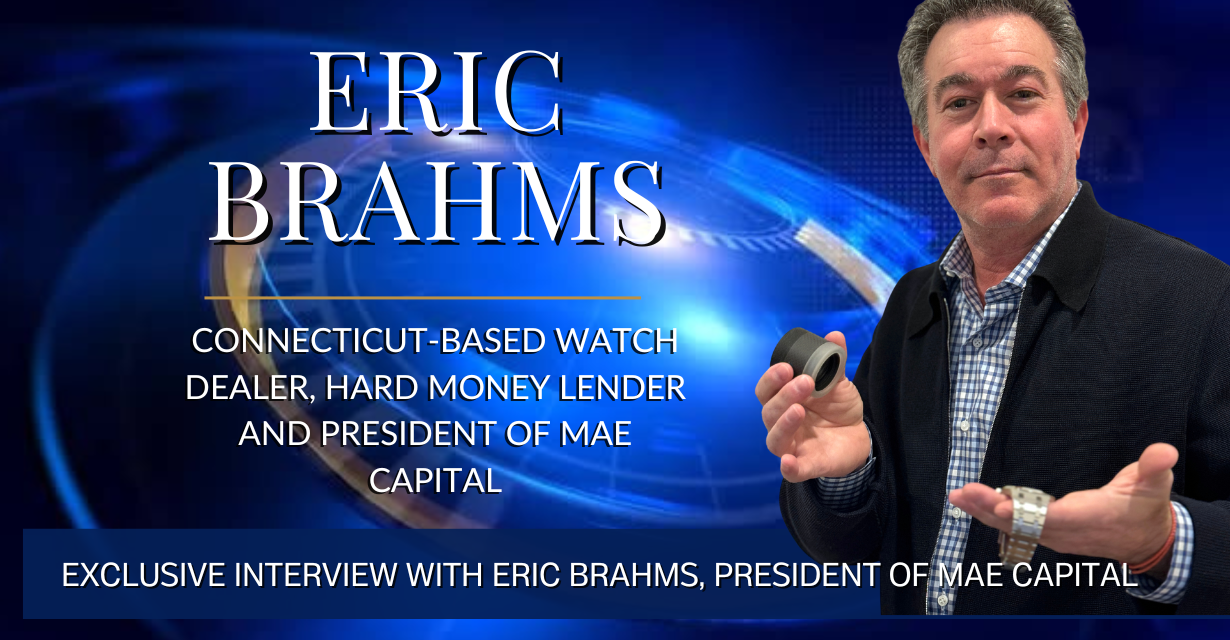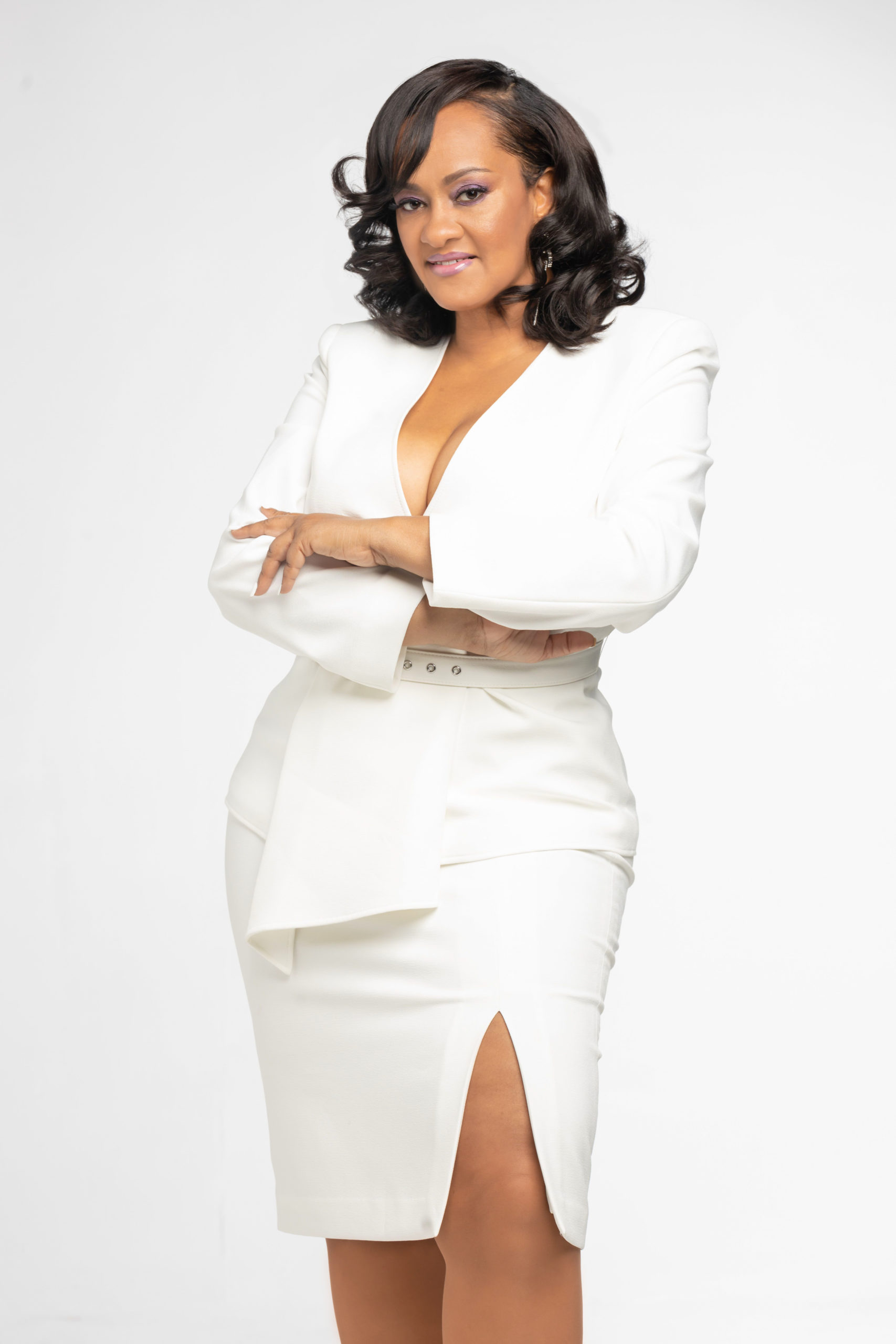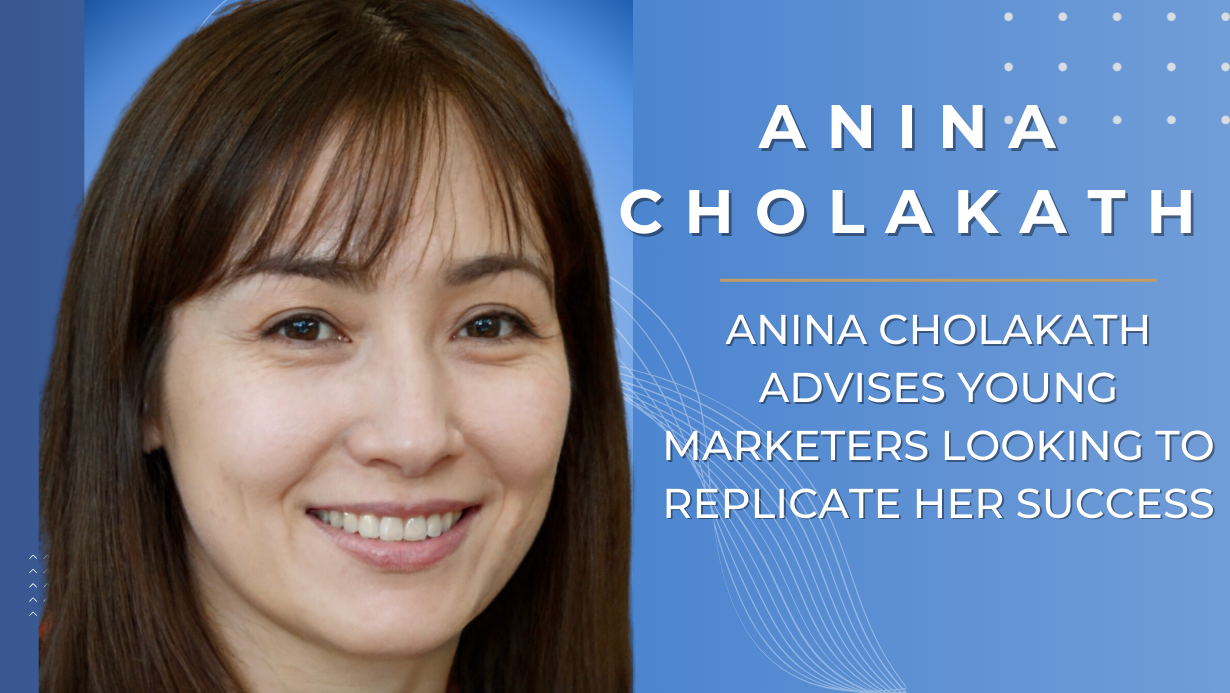Eric Brahms is a Greenwich, Connecticut-based watch dealer, hard money lender and President of Mae Capital. Mae Capital focuses on bridge loans for residential real estate, collateral-based private lending, and the acquisition of commodities, fine watches, and precious stones.
Can you share your insights into the vintage watch market, particularly your expertise in Rolex, Patek Philippe, and Audemars Piguet, and how you’ve become a sought-after authority in authentication and valuation services?
I am a self taught historian on vintage watches, specializing in Rolex, Patek Philippe, and Audemars Piguet. I started this business back in 2003, so I have been doing this for over 20 years now. It started as a hobby, but when I saw the types of returns on watches in as little as six months, I quickly realized this was a financial vehicle that could yield returns far better than gold or the stock market with significantly less risk.
I am contacted almost daily to authenticate watches and give valuations by other dealers, pawn shops, auction houses, collectors and individuals with large collections looking to sell. I buy, sell, trade and restore primarily vintage timepieces, but will acquire modern pieces for my bigger clients when asked.
Considering your extensive experience in vintage watches, as well as handling more Rolex Paul Newman RCO Daytona’s than any other dealer in the world, could you share some of the unique aspects associated with dealing in such high-value timepieces?
I have been very fortunate in being offered and selling three Paul Newman RCO “Sotto” Daytona’s in the last year alone. Whenever there is a lot of money involved in anything, there is the opportunity for unscrupulous individuals to try and make a quick profit. Some of these RCO Daytona’s have sold for more than two million dollars at auction, but there are very small differences between a two-million-dollar RCO and a $100,000 “standard” Paul Newman Chronograph. Font alignment, serial number ranges and specific pushers and bezel help with the authentication process. Some people have stated there are no more than 25 such examples remaining in the world today, but only Rolex themselves know exactly how many have been produced.
Obviously, the rarity of this watch is what drives the price. For Rolex collectors this is what is referred to as a “grail” watch, with references to holy grail religious artifacts. So rare that people question if it even exists, but I can assure you the Rolex Sotto RCO exists.
In the context of vintage Rolex watches, you mentioned the specific authentication criteria, including dial fonts, word alignment, and chronometer pushers. Can you elaborate on these details and how they play a crucial role in verifying the authenticity of vintage timepieces?
In authenticating vintage Rolex watches and the Paul Newman Sotto specifically, meticulous attention to detail is crucial. The dial fonts, unique to each model, must match genuine known examples. Proper alignment of words, such as “OYSTER,” is a key indicator. Additionally, specific features like the chronometer pushers (MK0) and rare components such as the MKI Bakelite bezel, help with determining authenticity. These details serve as essential benchmarks, ensuring the genuine nature of vintage timepieces and safeguarding against potential modifications or counterfeits.
You mentioned the unique features of the Rolex Paul Newman Daytona RCO, such as the “sotto” variation and specific details like the MK0 chronometer pushers and MKI Bakelite bezel. Can you delve deeper into the significance of these features and their impact on the watch’s value and authenticity?
The Rolex Paul Newman Daytona RCO’s “Sotto” variation, with the word “OYSTER” placed below “CHRONOGRAPH,” distinguishes it as an exceptionally rare model. The word Sotto in Italian translates into “under” or “below” and in this case the word Oyster was printed below Chronograph. No other Daytona variant has the print in this specific order.
Given the rarity of the Rolex Paul Newman Daytona RCO and its significant premiums, can you shed light on the challenges and precautions you take as a vintage watch expert when dealing with potential modifications or counterfeit attempts, particularly in maintaining the integrity of the Sotto models?
Dealing with any rare Rolex watches, especially the Paul Newman Daytona RCO, demands vigilant precautions. The exorbitant premiums associated with these watches attract potential modifications and counterfeits. As an expert, I take meticulous steps to authenticate, including scrutinizing dial fonts, word alignment, uniform ink colors, lume plot consistency, thoroughly inspecting specific parts, case engravings, serial number ranges, movement parts, even the bracelet is used in determining if a watch is truly unmolested. The counterfeiters are very good, so as a vintage dealer I always must be one step ahead. If I make a mistake, it’s going to cost me hundreds of thousands of dollars, so I have no room for error. I must be right 100% of the time.
With your focus on vintage watches, how do you balance the preservation of horological treasures with the business aspect of buying and selling these timepieces?
One of the most difficult aspects of being a dealer is knowing when to leave a watch alone or how far to go in the restoration process. An all original, unpolished, and unmolested timepiece is what every collector looks for. So, my goal is always to do as little as possible to return a watch to its original condition. On some watches that requires little to no restoration and on others it requires a team of experts who each specialize in one specific aspect of the restoration. One often overlooked point is knowing what part is supposed to go on a specific model from a specific year. For example, there are 10 different pushers and 10 different bezels that were fitted on just vintage Daytona’s from 1969-1989, maybe more. It took many years to learn which parts go on which watches over the lifespan and then you need to determine if the part is genuine or a fake. And after you figure all of that out, you then need to find the correct replacement part which is like finding a needle in a haystack. As far as the buying and selling goes, I love every watch I sell so it’s often difficult parting with some of them. I have kept some of the best examples for my own collection along the way, but sadly I can’t keep them all.
The Rolex Daytona Paul Newman holds the record for the most expensive wristwatch ever sold at auction, fetching around 17.5 million USD. How do these high-profile sales impact the vintage watch market, and what trends do you observe in terms of collector interest and valuation?
Funny you should mention this sale. I was at that auction in person at Phillips in NYC and was representing a buyer who authorized me to bid up to 3.5 million. The watch had an opening bid at $500,000, then went to 1 million and then went to 10 million. I never even had an opportunity to raise my paddle, it was an insane auction and one I will never forget. High-profile sales of watches like the Rolex Daytona Paul Newman, reaching a record 17.5 million USD, profoundly influenced the vintage watch market. Such sales elevate the value of iconic timepieces, fueling collector interest and driving overall market trends. Trends indicate a growing demand for rare, historically significant pieces, with valuations often reflecting the exclusivity and provenance associated with these extraordinary watches. The auction results set benchmarks, shaping the narrative around vintage watch collecting and influencing future market dynamics.
Could you share any insights into the evolving market demand for these specific Rolex Paul Newman Daytona variations and how it influences your approach to sourcing and trading vintage watches?
Finding these watches today is like finding buried treasure. Everyone is looking for the same watches. Everyone has access to the internet and can see what a watch has sold for and do some preliminary research to see what a watch is worth. But there are so many fakes out there that it’s a minefield. Some of them use a mix of real parts and fake parts to confuse less knowledgeable buyers. Adding $25,000 in real parts to a $500 fake watch and selling it for $75,000 is a real business. And the unsuspecting buyer thinks he’s getting a steal paying $75,000 when he sees the watch sells for $150,000 on the internet. That’s why buying from a dealer is worth its weight in gold. You have someone with extensive knowledge who can vet a watch and recourse should something go awry. Often a dealer can sell you a watch for less than a buyer can source one, so we actually pay for ourselves.












